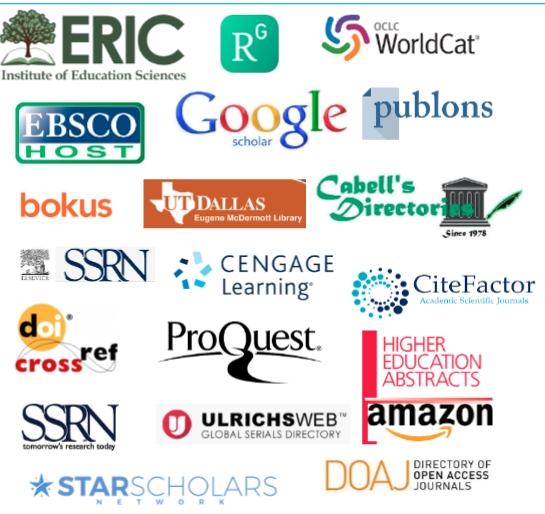A Global Perspective on Incorporating Health Literacy Modules into College Curriculum
DOI:
https://doi.org/10.32674/jimphe.v9i2.6353Keywords:
Health Literacy, Heatlh Curriculum, Global health, College students, Healthcare StudentsAbstract
Preparing students enrolled in healthcare programs for industry is paramount. While providing administrative and clinical education is essential, students must understand the health literacy levels of the population they serve and work diligently to ensure the population understands and comprehends the health information. Adults with low or limited health literacy levels need help understanding health information and making informed decisions. Research shows that improvements in health literacy result in decreased ER visits, medication errors, increased patient satisfaction, and better health outcomes. Health literacy is an issue throughout the world. This paper seeks to provide a narrative comparing health literacy concerns in the United States and Spain. The objective is to shed light on the need for all colleges and universities to teach students about health literacy and how to determine patients' health literacy levels. Increasing students' understanding can improve the comprehension and awareness of patients and the population that they serve, thus leading to more appropriate health decisions and outcomes.
References
Berlin EA, Fowkes WA Jr (1983). A teaching framework for cross-cultural health care. Application in family practice. The Western Journal of Medicine, 139(6):934–38.
Centers for Disease Control and Prevention (2023). Understanding health literacy. Retrieved from, https://www.cdc.gov/healthliteracy/learn/understanding.html
García-García D, Pérez-Rivas FJ. Health Literacy and Its Sociodemographic Predictors: A Cross-Sectional Study of a Population in Madrid (Spain). International Journal of Environmental Research and Public Health. 2022; 19(18):11815. https://doi.org/10.3390/ijerph191811815
Juvinyà-Canal, D., Suñer-Soler, R., Boixadós Porquet, A., Vernay, M., Blanchard, H., & Bertran-Noguer, C. (2020). Health Literacy among Health and Social Care University Students. International Journal of Environmental Research and Public Health, 17(7), 2273. MDPI AG. Retrieved from http://dx.doi.org/10.3390/ijerph17072273
Lopez, C., Kim, B., & Sacks, K (2022). Health literacy in the United States: Enhancing assessments and reducing disparities. Milken Institute. Retrieved from https://milkeninstitute.org/sites/default/files/2022-05/Health_Literacy_United_States_Final_Report.pdf
Patil, U., Kostareva, U., Hadley, M., Mangnello J.A., et al. (2021). Health literacy, digital health literacy, and COVID-19 pandemic attitudes and behaviors in U.S. college students: Implications for interventions. International Journal Environmental Research and Public Health. Retrieved from,
Sentell, T., Vamos, S., & Okan, O. (2020). Interdisciplinary perspectives on health literacy research around the world: More important than ever in a time of COVID-19. International journal of environmental research and public health.
Sorensen, K., et al. (2012). Measuring health literacy in populations: illuminating the design and development process of the European Health Literacy Survey Questionnaire. BMC Public Health, 13, 948.
Stellefson, M., Hanik, B., Chaney B., Chaney D., et al (2011). eHealth literacy among college students: A systematic review with implications for eHealth education. Journal of Medicine Internet Research. Retrieved from, https://pubmed.ncbi.nlm.nih.gov/22155629/
Wood, H., et al. (2023). Student health and social care professionals' health literacy knowledge: An exploratory study. Pharmacy, pp. 11, 2.
World Health Organization. WHO global strategy on people-centered and integrated health services INTERIM report; 2015. p. 1–50.






